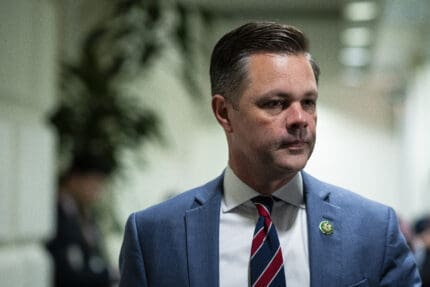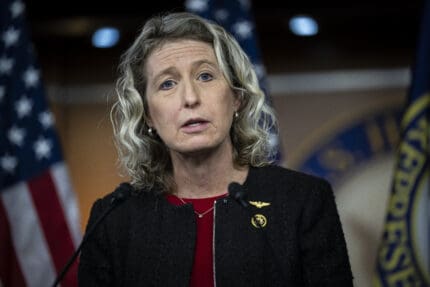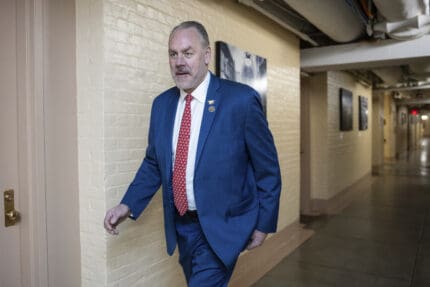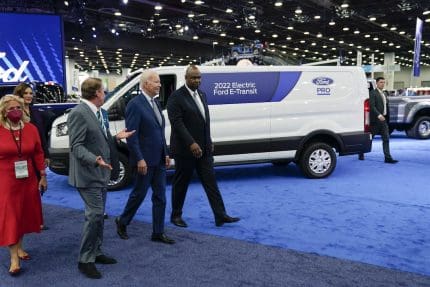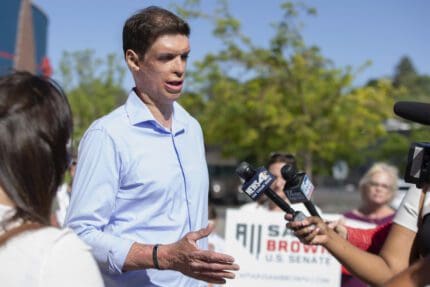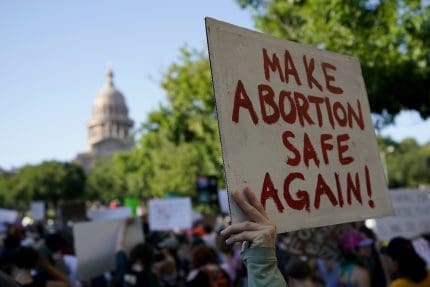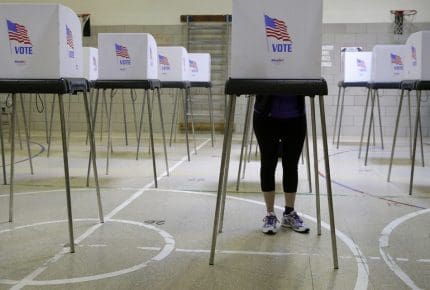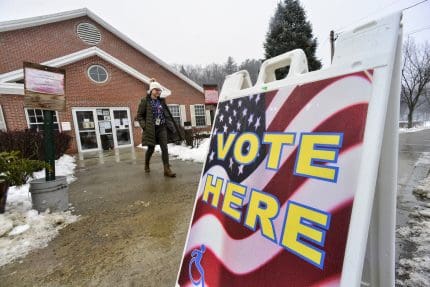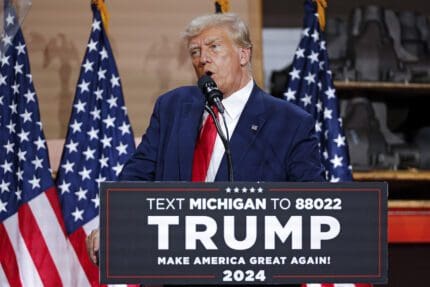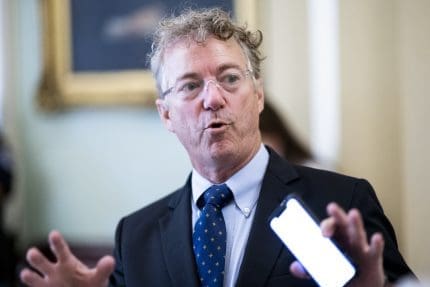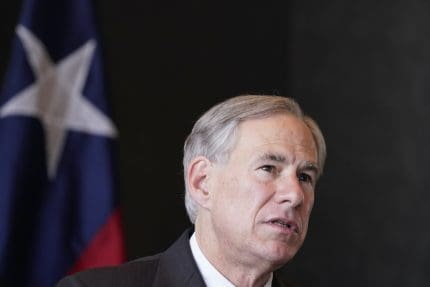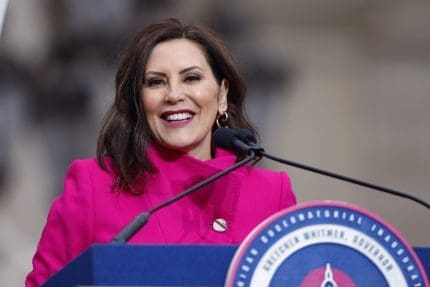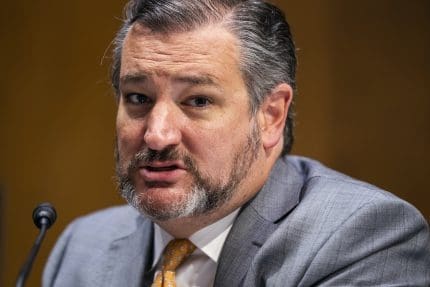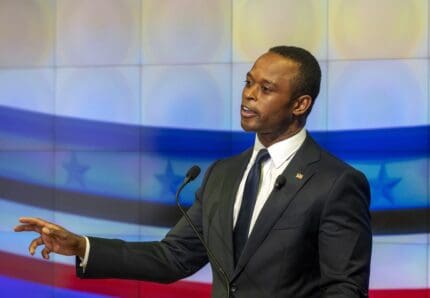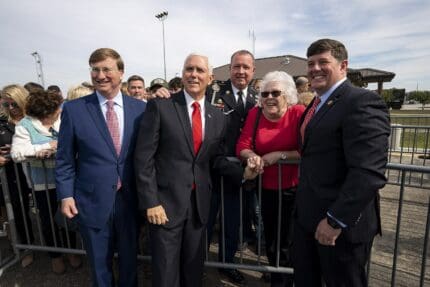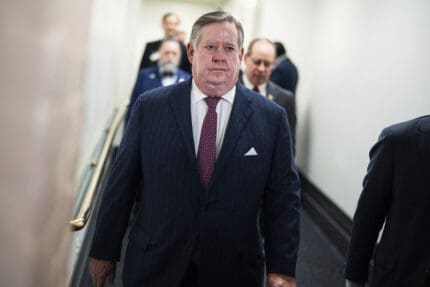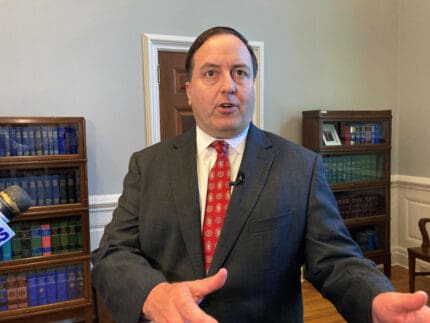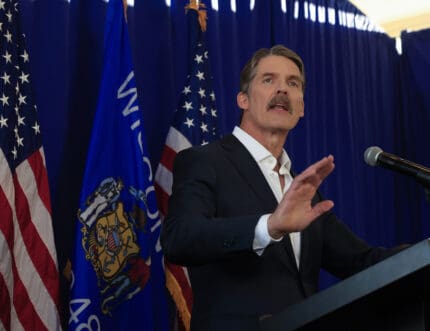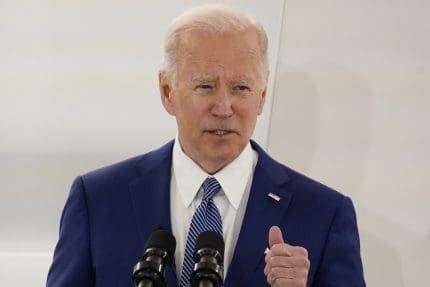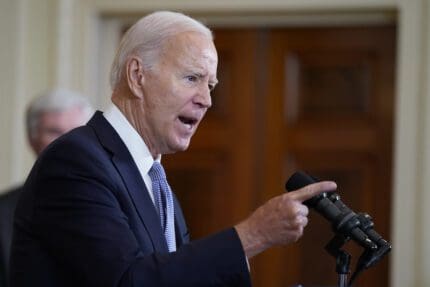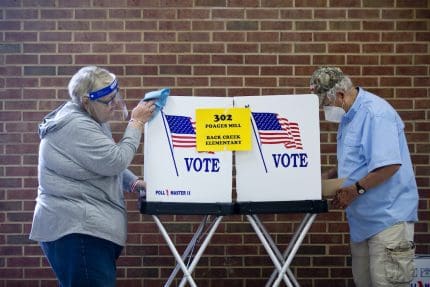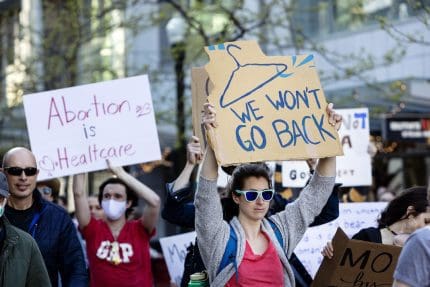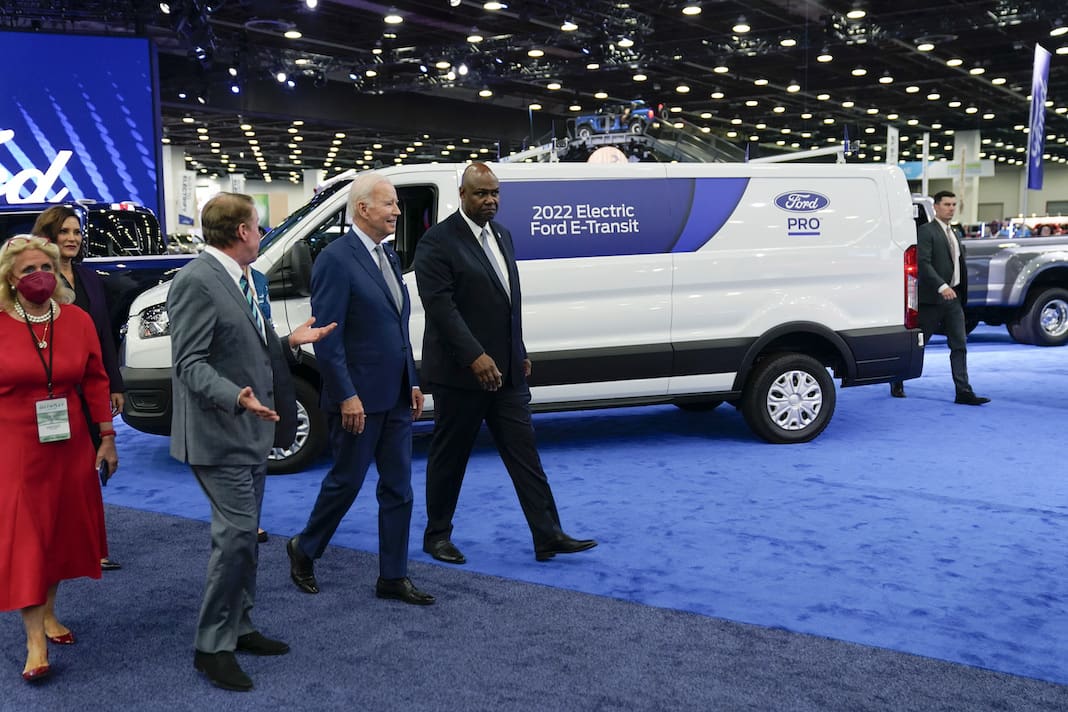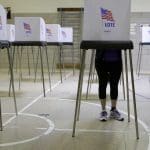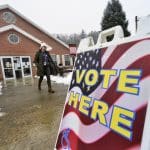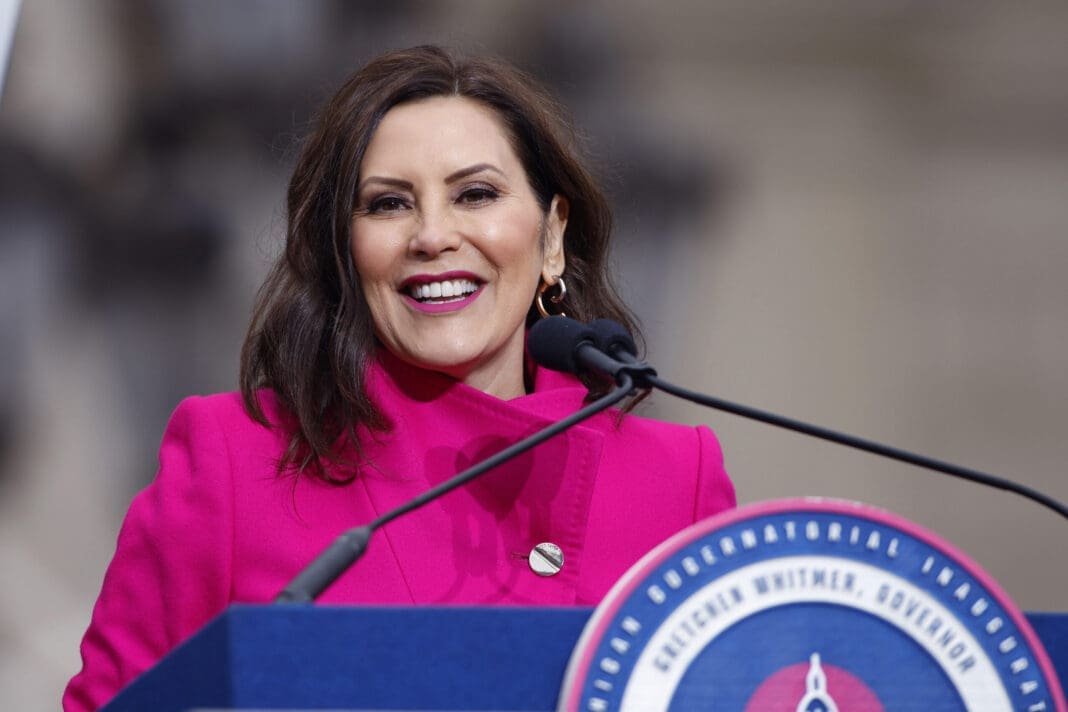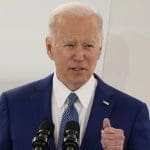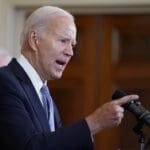Biden administration allocates billions to improve Indigenous Americans' internet access
In August alone, the Department of Commerce gave over $634 million in funding toward improving internet infrastructure on Tribal land.
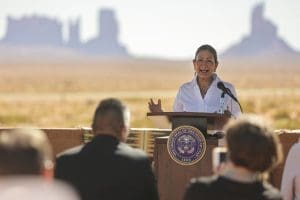
The National Telecommunications and Information Administration (NTIA), part of the Department of Commerce, announced it has awarded over $105 million in grants to five different Tribal entities located in Arizona on Aug. 30.
Throughout the entire month of August, the Biden-Harris administration awarded over $634 million to 23 different Tribal entities within the United States to upgrade and expand high-speed internet access for Indigenous Americans. Since taking office, President Joe Biden has earmarked billions to help the community remedy large disparities in broadband availability.
So far, the Biden administration has awarded $726 million for broadband through the Tribal Broadband Connectivity Program, which is part of President Joe Biden’s $65 billion “Internet for All” initiative.
“Our administration’s vision is to connect all Native communities with the Internet and with the opportunity that comes along with access to affordable Internet — the opportunity to live healthier, happier, and more prosperous lives,” Vice President Kamala Harris said in a call with the press on Aug. 11.
The NTIA noted in a release that their latest grants in Arizona will fund improved internet access 33,000 homes in those communities to high-speed internet.
Peter Yucupicio, chairman of the Pascua Yaqui Tribe, said in a statement that the money would allow them to “carry out critical capital projects that directly support work, education, and health monitoring on the Reservation.”
Yucupicio also said the grant would fund telecom service for a data center servicing a new housing development, outlying communities, as well as government buildings and business in the area.
Funding comes through the $1.9 trillion Infrastructure Investment and Jobs Act package, which Biden signed into law in 2021. An additional $1 billion in funding is earmarked toward Tribal broadband expansion thanks to the package, in addition to at least $1.1 billion previously allocated through the Departments of Agriculture and Treasury for the same purpose.
So far, historically disadvantaged areas of the U.S. have not been able to obtain high speed internet connections as less disadvantaged areas. According to a Federal Communications Commission (FCC) report in 2019, only 79.1% of residents on tribal land have access to fixed broadband connections, compared to a 95.6% rate of access for the entire country. Among Tribal households, the FCC found that only 46.5% had broadband connections.
A 2020 report from the New America Foundation suggests that the issue may be more dire in certain tribal lands. The nonprofit analyzed internet service availability within the Navajo Nation and determined that even fewer had access than FCC data would indicate.
New America Foundation also found that those who had service were forced to deal with “slow, outdated, and expensive service plans.” Internet plans for the Navajo Nation according to the report were “on average $21.70 to $44.01 more expensive than elsewhere in the country, making it unaffordable for many living on Navajo land whose incomes are at or under the poverty level.”
Many of these problems became exasperated during the COVID-19 pandemic when several education, business, health care and government functions moved online. Without adequate broadband, Indigenous communities faced greater hardship than people in the rest of the country.
In one notable example, children living within the Navajo Nation in Arizona were forced to rely on a bus to bring them packets of schoolwork when schools were closed throughout 2020 and 2021, because the internet there was too slow and unreliable for them to participate in virtual schooling.
Tracey Yazzie, a mother of two, told NBC News the situation was “very challenging” and that her family had to rely on outdated dial-up internet service at the time.
Interior Sec. Deb Haaland, the first Native American to serve as a cabinet secretary, has explained the importance of Tribal broadband deployment.
“Kids shouldn’t have to sit outside libraries, fast food places, or other public spaces to use the wi-fi for homework,” she wrote in June 2021. “We have a responsibility to build infrastructure that will fuel economic development, keep families safe, and ensure everyone has opportunities to succeed.”
In addition to grants toward implementing or repairing broadband service, the Biden administration announced in May that they had secured agreements with major broadband providers to cut prices for broadband services to qualifying families in underserved communities, in some cases fully subsidizing the costs of the service thanks to the infrastructure package’s funding.
States are also using funds from the American Rescue Plan, separate legislation that Biden championed and signed into law in 2021, to expand the availability of broadband to underserved communities.
Published with permission of The American Independent Foundation.
Recommended

Biden calls for expanded child tax credit, taxes on wealthy in $7.2 trillion budget plan
President Joe Biden released his budget request for the upcoming fiscal year Monday, calling on Congress to stick to the spending agreement brokered last year and to revamp tax laws so that the “wealthy pay their fair share.”
By Jennifer Shutt, States Newsroom - March 11, 2024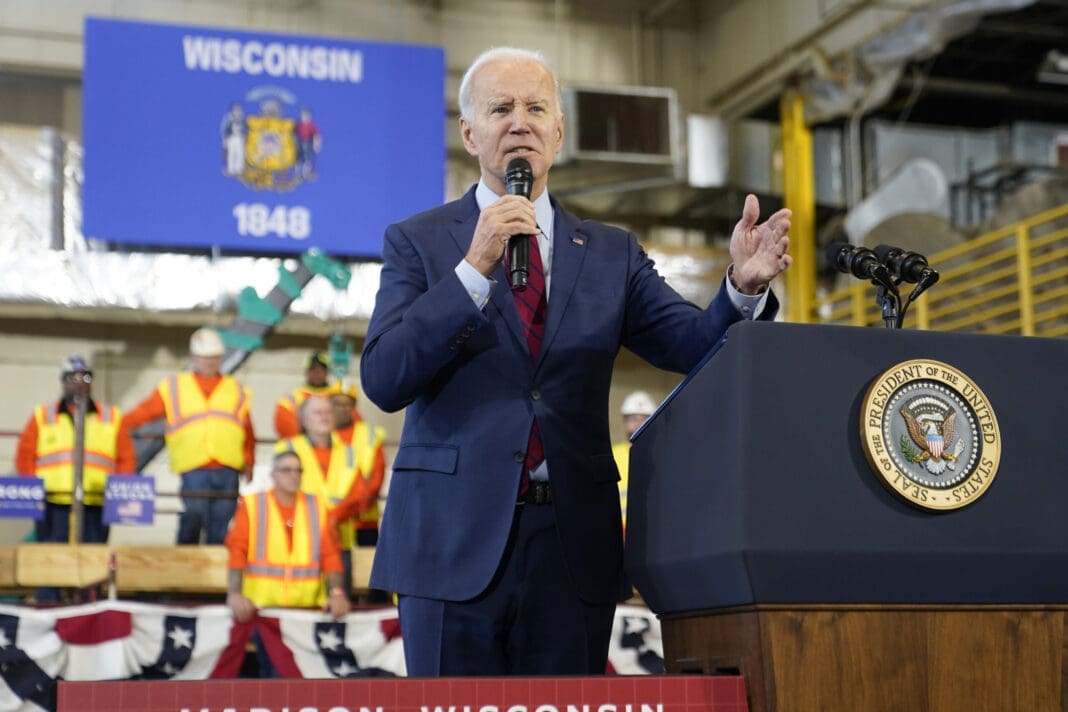
December jobs report: Wages up, hiring steady as job market ends year strong
Friday’s jobs data showed a strong, resilient U.S. labor market with wages outpacing inflation — welcome news for Americans hoping to have more purchasing power in 2024.
By Casey Quinlan - January 05, 2024
Biden’s infrastructure law is boosting Nevada’s economy. Sam Brown opposed it.
The Nevada Republican U.S. Senate hopeful also spoke out against a rail project projected to create thousands of union jobs
By Jesse Valentine - November 15, 2023









